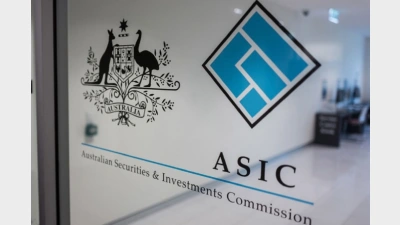TTS launches tailored super options



The retirement balances of superannuation funds integrated with Smart Default technology may end up 35% higher than other funds, according to Tailored Superannuation Solutions (TTS).
TTS’s claim followed the Australian Prudential Regulation Authority’s (APRA) release of its heatmap benchmarks which found seven default superannuation products had “marginally passed” the performance test in August.
The Australian superannuation product provider said the technology was designed to replace one-size-fits-all balanced options and simple age-based life-cycling defaults by automatically tailoring a fund’s existing investment options to the projected retirement outcomes of members.
TTS founder and chief executive, Douglas Bucknell said: “The days of simply dumping all members in the same investment option for life should be over”.
Bucknell, former CEO of Anglican Investment Development Fund (AIDF), and senior policy adviser for the three Commonwealth superannuation funds and APRA, said superannuation trustees needed to focus on improving retirement outcomes for their members because “that’s what they’re paid to do”.
“Our technology delivers on the Productivity Commission’s finding that well designed life-cycle solutions are better than the single strategy, one-size-fits-all, approach,” he said.
The ‘Smart Default’ fund would use a SAAS (software-as-a-service) solution to automatically tailor the existing investment options of superannuation funds to a member’s own projected retirement outcomes.
“We improve the competitive performance of superannuation funds enabling them to exceed the Federal Government performance targets and deliver superior outcomes to their members,” Bucknell said.
Recommended for you
The Assistant Treasurer has reaffirmed the government’s commitment to strengthening retirement outcomes, consumer protections and cyber resilience in superannuation.
The industry super fund has advanced reconciliation efforts with a new initiative focused on improving outcomes for First Nations members.
The regulator has announced fresh legal actions in relation to the Shield and First Guardian fund failures.
The Gateway Network Governance Body has unveiled a detailed roadmap to guide the superannuation industry through the upcoming Payday Super reforms.









